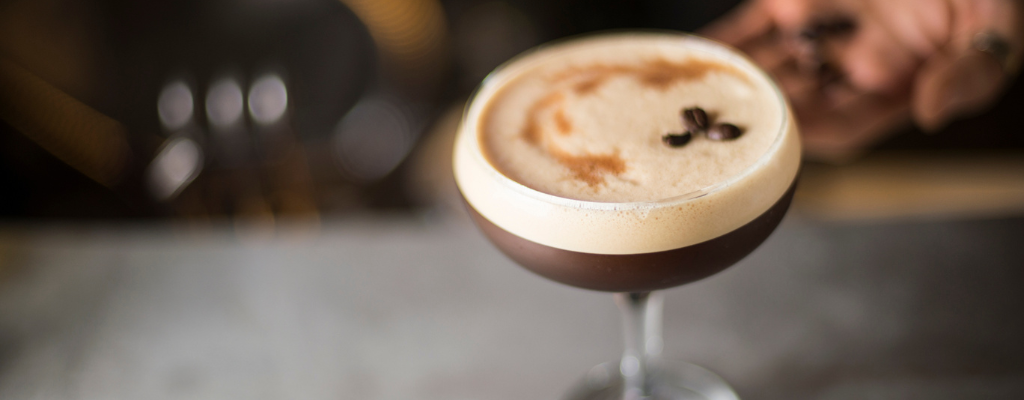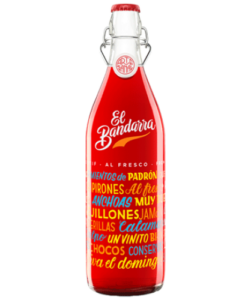Published on April 28, 2023.
How to start and finish a meal.
An
aperitif (French) or aperitivo (Italian) are both derived from the Latin word aperire
meaning ‘to open’. It is a drink that prepares you for a meal and
stimulates your palate and stomach, ideally 30-60 minutes before your main
course, inspiring thirst and hunger to be prevalent. It is often and light,
refreshing drink that will not sit heavily on the stomach or tastebuds and is
often enjoyed during appetizers. Aperitifs lean towards a more herbal and dry
flavour with only a slight sweetness as normally when starting a meal with copious
amounts of sugar will limit the amount of food that person will want to eat. They
are also highly drinkable with a relatively low ABV, as high amounts of alcohol
can also diminish the appetite. It is the perfect solution to encourage hunger,
while enjoying a delicious, alcoholic drink. Aperitifs are also an excellent way
to unwind, with a delightful flavour that makes for a calming drinking
experience.
Aperol
and Campari are among the most popular Aperitif served; however, there are many
unsuspecting spirits that also act as a stomach stimulant. It is a vast category
that includes a great variety of styles. The word ‘aperitif’ refers to both spirits
and cocktails that have the desired effect. Anise spirits, such as ouzo, are
popularly enjoyed over Europe as an aperitif, as well as light-bodied sherries
which are both dry and fresh. Dry vermouth is also used for before dinner, but
also can be used after, a great versatile spirit.
Digestif
(French) or digestive (Italian) are also both derived from the Latin word digestivus
which essentially means to aid digestion. Therefore, these are the ideal drinks
for after a meal, or instead of a dessert. There are many styles of digestif,
from amaros to fortified wine, even whiskey and herbal liqueurs. Like aperitifs,
all cocktails and spirits that aid digestion and are typically enjoyed after a large
meal are referred to as digestifs. They are often a stronger drink with bitter
or bitter-sweet flavour. They are also rich and aromatic with herbs or spices,
with less acidity the aperitifs, to settle the stomach.
Although
digestifs can replace dessert, they are not necessarily dessert drinks. A
digestif often is far less sweet and higher in alcohol than a typical dessert
cocktail, and it is not made with any decedent ingredients such as cream and chocolate.
Digestifs are usually a European tradition as we enjoy eating grand, 3-4 course
meals; however, each country has their own traditional drink they like to enjoy
after a multi-course meal. In France, the digestif of choice is often a French
brandy, such as cognac or Armagnac. Italians tend to drink bitter amaros and
sweet grappas or liqueurs like limoncello and nocino. Spain has a preference
for fortified wines like sherry, Madiera, and port, and pacharán, a sloe
gin-like liqueur made from sloe berries. In Germany, you’ll find some of the
most flavorful digestifs, including Underberg bitters and Jägermeister.
Aperitif Cocktail – Negroni
The negroni is an aperitif that has gained worldwide popularity as a drink to stimulate your appetite before a meal. Composed of Gin, Sweet Vermouth, Campari bitters, and an orange slice, traditionally the Negroni is stirred, not shaken, and built over ice in a classic or rocks glass. This iconic beverage is never seen without its essential garnish: a slice of orange. Nowadays, it is common to see this alcoholic beverage served with a twisted orange peel instead of a slice.
Mix the 25ml Portobello gin, 25ml Campari and 25ml El Bandarra Vermouth Rojo to a mixing glass filled with ice. Stir until well-chilled. Strain into a rocks glass filled with large ice cubes. Garnish with an orange peel.
The infusion of herbs and fruits from the Campari alongside the dry gin will deliver a bitter taste. The vermouth will deliver a slight sweetness which then balances out that flavour on the palate.
Digestif Cocktail – Old Fashioned
Although, traditionally digestifs are not mixed with other ingredients, there are a couple of cocktails that work well. The Manhattan was invented in the New York City’s Manhattan Club around 1880 and has been changed and reinvented every time whiskey has dipped in and out of fashion over the years; however, the Manhattan has always circled back to look and taste pretty much the same as the original in the 19th century. The Manhattan’s mix of American whiskey and Italian vermouth, enlivened with a few dashes of aromatic bitters, is timeless and tasty—the very definition of what a cocktail should be.
Chill a coupe glass. Add 50ml Rye whiskey, 25ml sweet vermouth and 2 dashes of Angostura bitters into a mixing glass with plenty of ice. Stir well until chilled. Strain into the chilled glass and garnish with a brandied cherry or a lemon twist, depending on preference.
The spicier edge of the rye whiskey really deliver the perfect digestif with the bitters to bring the variation, seamlessly bringing the two spirits together.
Soft, bittersweet, notes of Mediterranean botanicals, a touch of grapefruit & drops of Barcelona-by-the-beach.
Lillet Blanc has a golden colour with candied orange, honey, pine resin, lime and fresh mint aromas. Full and rich on the palate with a lovely, long aftertaste.
Rinquinquin is like biting into a peach with all its delicious fruitiness and freshness.
A delicately bitter liqueur flavoured with gentian root, giving it a spicy & fruity taste.
Digestif
A classic red vermouth. The balance is superb and there is a lovely herbal flavour. A great addition to many a cocktail.
An orangey tonic liqueur invented over 180 years ago in Italy and still made to the same recipe today. The recipe itself contains 33 herbs including gentian and cinnamon.
Cynar is an Italian artichoke based bitter sweet liquor known for its digestive qualities and distinctive flavour, which is made up by a secret recipe of 13 herbs and plants.
Share this article
About the author

Chloe Lewis
Chloe looks after all copywriting and proof-reading for Drink Warehouse UK, working with the Marketing team to deliver educational content to all our customers. She has spent many years in the hospitality sector, moving from behind the bar to now helping venues to stock their own. You can find more from Chloe about beer, cider, spirits, wine, non-alcoholic, soft drinks and RTDs all over our blogs, website, social media and Set The Bar magazine.
Click here to receive the latest and greatest promotions, new products, competitions and so much more straight to your inbox.













